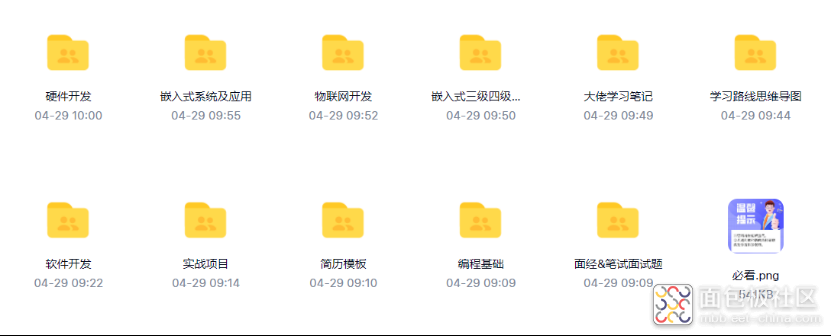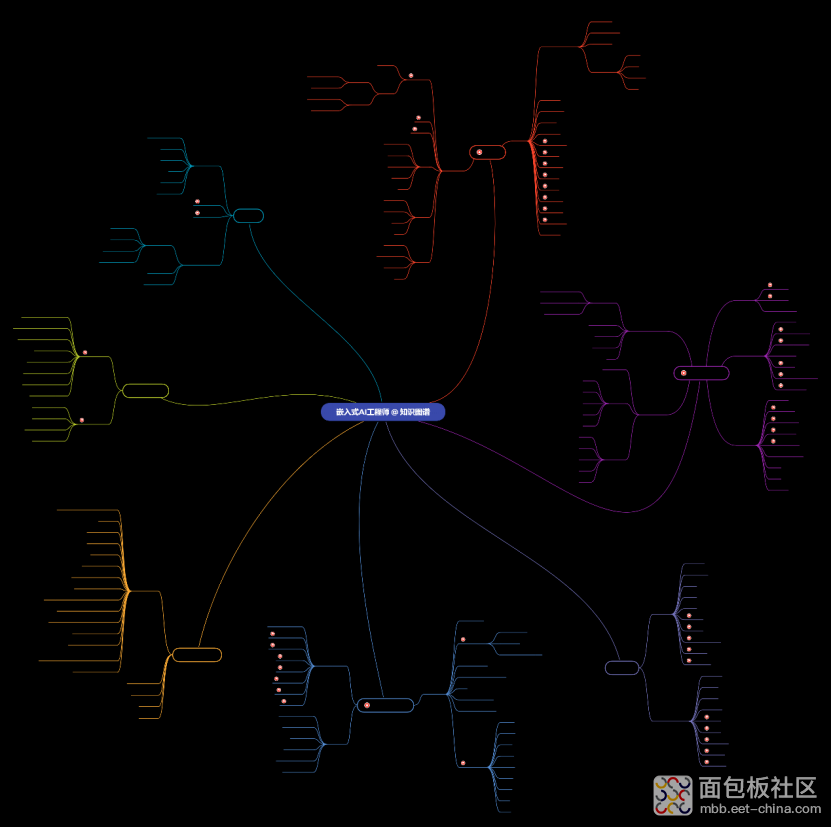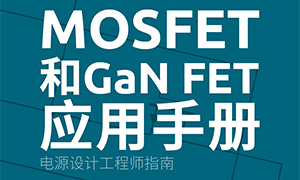一、前言
以STM32为例,打开网络上下载的例程或者是购买开发板自带的例程,都会发现应用层中会有stm32f10x.h或者stm32f10x_gpio.h,这些文件严格来时属于硬件层的,如果软件层出现这些文件会显得很乱。
使用过Linux的童鞋们肯定知道linux系统无法直接操作硬件层,打开linux或者rt_thread代码会发现代码中都会有device的源文件,没错,这就是驱动层。

二、实现原理
原理就是将硬件操作的接口全都放到驱动链表上,在驱动层实现device的open、read、write等操作。当然这样做也有弊端,就是驱动find的时候需要遍历一遍驱动链表,这样会增加代码运行时间。
嵌入式物联网需要学的东西真的非常多,千万不要学错了路线和内容,导致工资要不上去!
无偿分享大家一个资料包,差不多150多G。里面学习内容、面经、项目都比较新也比较全!某鱼上买估计至少要好几十。
点击这里找小助理0元领取:嵌入式物联网学习资料(头条)


三、代码实现
国际惯例,写代码先写头文件。rt_thread中使用的是双向链表,为了简单在这我只用单向链表。有兴趣的可以自行研究rt_thread
头文件接口:
本次只实现如下接口,device_open 和device_close等剩下的接口可以自行研究。这样就可以在应用层中只调用如下接口可实现:
C++/*驱动注册*/int cola_device_register(cola_device_t *dev);/*驱动查找*/cola_device_t *cola_device_find(const char *name);/*驱动读*/int cola_device_read(cola_device_t *dev, int pos, void *buffer, int size);/*驱动写*/int cola_device_write(cola_device_t *dev, int pos, const void *buffer, int size);/*驱动控制*/int cola_device_ctrl(cola_device_t *dev, int cmd, void *arg);;复制代码 头文件cola_device.h:
C++
#ifndef _COLA_DEVICE_H_#define _COLA_DEVICE_H_enum LED_state{LED_OFF,LED_ON,LED_TOGGLE,};typedef struct cola_device cola_device_t;struct cola_device_ops{int (*init) (cola_device_t *dev);int (*open) (cola_device_t *dev, int oflag);int (*close) (cola_device_t *dev);int (*read) (cola_device_t *dev, int pos, void *buffer, int size);int (*write) (cola_device_t *dev, int pos, const void *buffer, int size);int (*control)(cola_device_t *dev, int cmd, void args);};struct cola_device{const char name;struct cola_device_ops *dops;struct cola_device *next;};/*驱动注册*/int cola_device_register(cola_device_t *dev);/*驱动查找*/cola_device_t *cola_device_find(const char *name);/*驱动读*/int cola_device_read(cola_device_t *dev, int pos, void *buffer, int size);/*驱动写*/int cola_device_write(cola_device_t *dev, int pos, const void *buffer, int size);/*驱动控制*/int cola_device_ctrl(cola_device_t *dev, int cmd, void *arg);#endif复制代码源文件cola_device.c:
C++
#include "cola_device.h"#include <string.h>#include <stdbool.h>struct cola_device *device_list = NULL;/*查找任务是否存在*/static bool cola_device_is_exists( cola_device_t *dev ){cola_device_t* cur = device_list;while( cur != NULL ){if( strcmp(cur->name,dev->name)==0){return true;}cur = cur->next;}return false;}static int device_list_inster(cola_device_t *dev){cola_device_t *cur = device_list;if(NULL == device_list){device_list = dev;dev->next = NULL;}else{while(NULL != cur->next){cur = cur->next;}cur->next = dev;dev->next = NULL;}return 1;}/*驱动注册*/int cola_device_register(cola_device_t *dev){if((NULL == dev) || (cola_device_is_exists(dev))){return 0;}if((NULL == dev->name) || (NULL == dev->dops)){return 0;}return device_list_inster(dev);}/*驱动查找*/cola_device_t *cola_device_find(const char name){cola_device_t cur = device_list;while( cur != NULL ){if( strcmp(cur->name,name)==0){return cur;}cur = cur->next;}return NULL;}/*驱动读*/int cola_device_read(cola_device_t *dev, int pos, void *buffer, int size){if(dev){if(dev->dops->read){return dev->dops->read(dev, pos, buffer, size);}}return 0;}/*驱动写*/int cola_device_write(cola_device_t *dev, int pos, const void *buffer, int size){if(dev){if(dev->dops->write){return dev->dops->write(dev, pos, buffer, size);}}return 0;}/*驱动控制*/int cola_device_ctrl(cola_device_t *dev, int cmd, void *arg){if(dev){if(dev->dops->control){return dev->dops->control(dev, cmd, arg);}}return 0;}复制代码硬件注册方式:以LED为例,初始化接口void led_register(void),需要在初始化中调用。
C++
#include "stm32f0xx.h"#include "led.h"#include "cola_device.h"#define PORT_GREEN_LED GPIOC #define PIN_GREENLED GPIO_Pin_13 /* LED亮、灭、变化 */#define LED_GREEN_OFF (PORT_GREEN_LED->BSRR = PIN_GREENLED)#define LED_GREEN_ON (PORT_GREEN_LED->BRR = PIN_GREENLED)#define LED_GREEN_TOGGLE (PORT_GREEN_LED->ODR ^= PIN_GREENLED)static cola_device_t led_dev;static void led_gpio_init(void){GPIO_InitTypeDef GPIO_InitStructure;RCC_AHBPeriphClockCmd(RCC_AHBPeriph_GPIOC, ENABLE);GPIO_InitStructure.GPIO_Pin = PIN_GREENLED;GPIO_InitStructure.GPIO_Mode = GPIO_Mode_OUT;GPIO_InitStructure.GPIO_Speed = GPIO_Speed_50MHz;GPIO_InitStructure.GPIO_OType = GPIO_OType_PP;GPIO_InitStructure.GPIO_PuPd = GPIO_PuPd_NOPULL;GPIO_Init(PORT_GREEN_LED, &GPIO_InitStructure);LED_GREEN_OFF;}static int led_ctrl(cola_device_t *dev, int cmd, void *args){if(LED_TOGGLE == cmd){LED_GREEN_TOGGLE;}else{}return 1;}static struct cola_device_ops ops ={.control = led_ctrl,};void led_register(void){led_gpio_init();led_dev.dops = &ops;led_dev.name = "led";cola_device_register(&led_dev);}复制代码应用层app代码:
C++
#include <string.h>#include "app.h"#include "config.h"#include "cola_device.h"#include "cola_os.h"static task_t timer_500ms;static cola_device_t *app_led_dev;//led每500ms状态改变一次static void timer_500ms_cb(uint32_t event){cola_device_ctrl(app_led_dev,LED_TOGGLE,0);}void app_init(void){app_led_dev = cola_device_find("led");assert(app_led_dev);cola_timer_create(&timer_500ms,timer_500ms_cb);cola_timer_start(&timer_500ms,TIMER_ALWAYS,500);}复制代码这样app.c文件中就不需要调用led.h头文件了,rtt就是这样实现的。
四、总结
这样就可以实现软硬件分层了,是不是非常好用!
五、代码下载链接
https://gitee.com/schuck/cola_os








 /5
/5 

